Market Volatility Rises as Tech Stocks Slump Ahead of Key Earnings | Daily Market Analysis

Key events:
- Eurozone - ECB's Schnabel Speaks
- UK - BoE MPC Member Pill Speaks
- USA - CB Consumer Confidence (Feb)
The S&P 500 slid on Monday, weighed down by a sell-off in tech stocks, with Nvidia leading the decline ahead of its earnings report later this week. The Nasdaq Composite dropped 1.2%, while the S&P 500 fell 0.5%. Meanwhile, the Dow Jones Industrial Average managed to inch up by 33 points, or 0.1%, as defensive sectors offered some support.
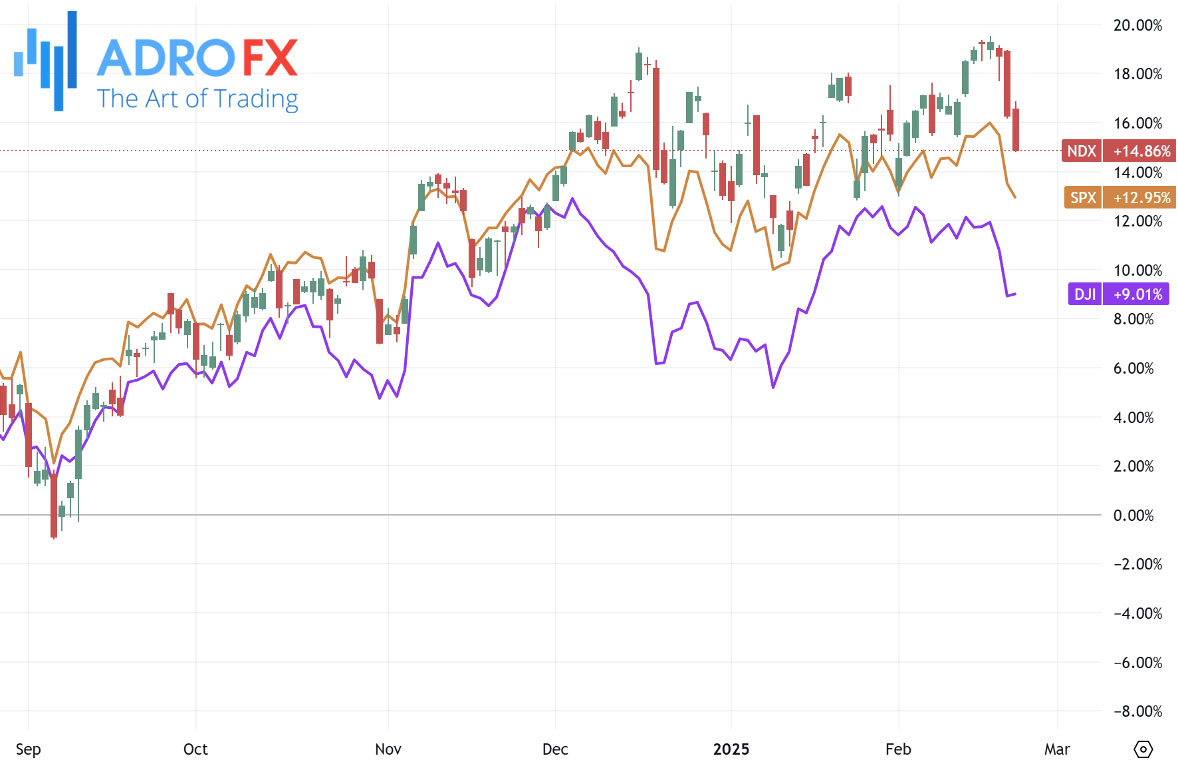
The sell-off in Nvidia, which tumbled over 3%, set the tone for the broader weakness in the tech-heavy Nasdaq, as investors exercised caution ahead of its highly anticipated earnings report scheduled for Wednesday after market close. Analysts expect the report to provide critical insight into AI-related demand and Nvidia’s outlook for the remainder of the year.
Microsoft also dipped, down 1%, following reports that the company is scaling back data center expansion efforts and canceling leases to control spending on AI infrastructure. Analysts at TD Cowen suggest that Microsoft’s cautious approach reflects concerns over the industry’s aggressive investment in AI, with some investors fearing overexposure to the sector’s rapid and costly developments.
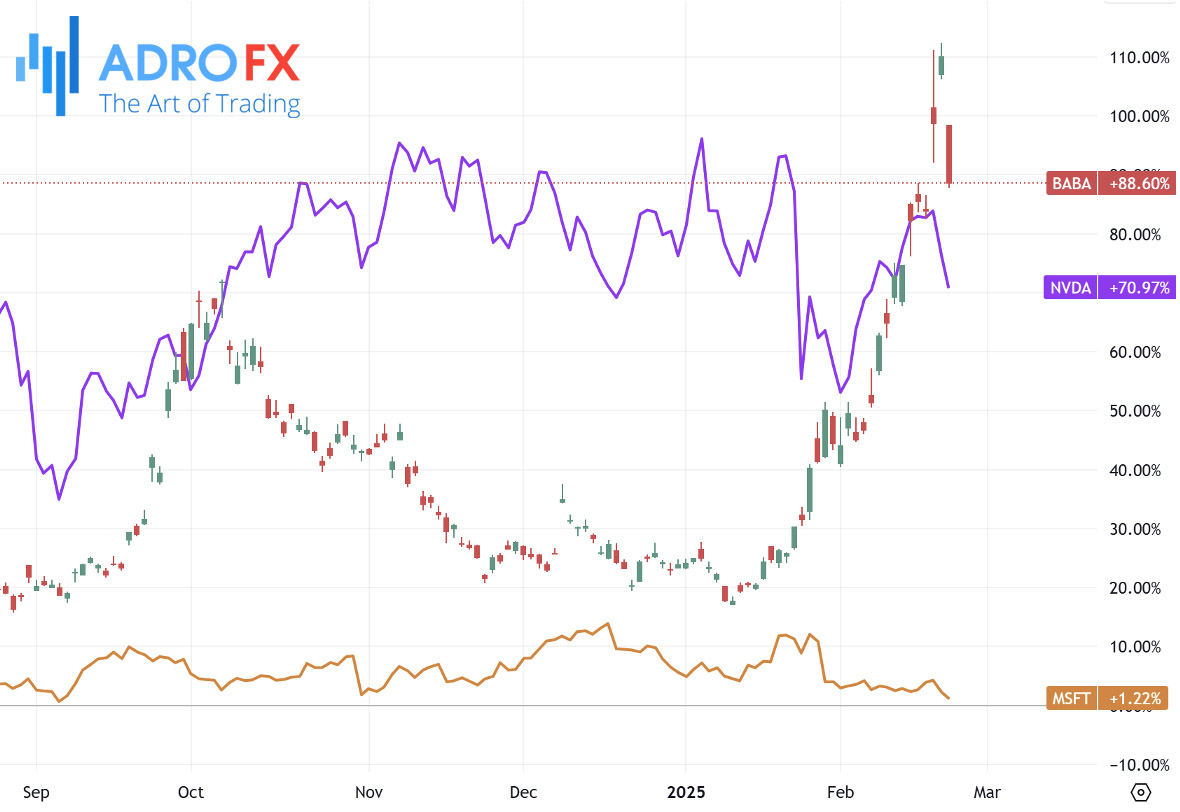
Alibaba shares plunged 10% after the Chinese tech giant unveiled an ambitious 380 billion yuan ($52.4 billion) investment plan to expand its cloud computing and AI infrastructure over the next three years. This represents Alibaba’s largest tech investment to date and signals the company’s intent to solidify its global position in AI and cloud services. However, the stock’s sharp decline suggests that investors remain wary about the risks associated with large-scale spending in an uncertain macroeconomic environment. Meanwhile, reports from Bloomberg indicate that the Biden administration is considering tightening export restrictions on Nvidia’s chips to China. Further constraints on Nvidia’s ability to sell high-performance chips to Chinese companies, including SMIC and CXMT, could intensify tensions in the semiconductor industry and place additional pressure on US-China relations.
In the forex market, the Australian dollar recovered from early losses as the US dollar weakened, driven by declining US Treasury yields. Investors are closely watching Australia’s upcoming monthly inflation report on Wednesday, which could influence the Reserve Bank of Australia’s next policy decision. The US dollar’s weakness was also reflected in USD/CHF, which extended its decline for the fourth consecutive session, trading near 0.8970. Disappointing US economic data weighed on the dollar, while the Swiss franc found support from rising Swiss government bond yields and political developments in Germany, where Friedrich Merz faces challenging coalition negotiations after securing a majority vote.
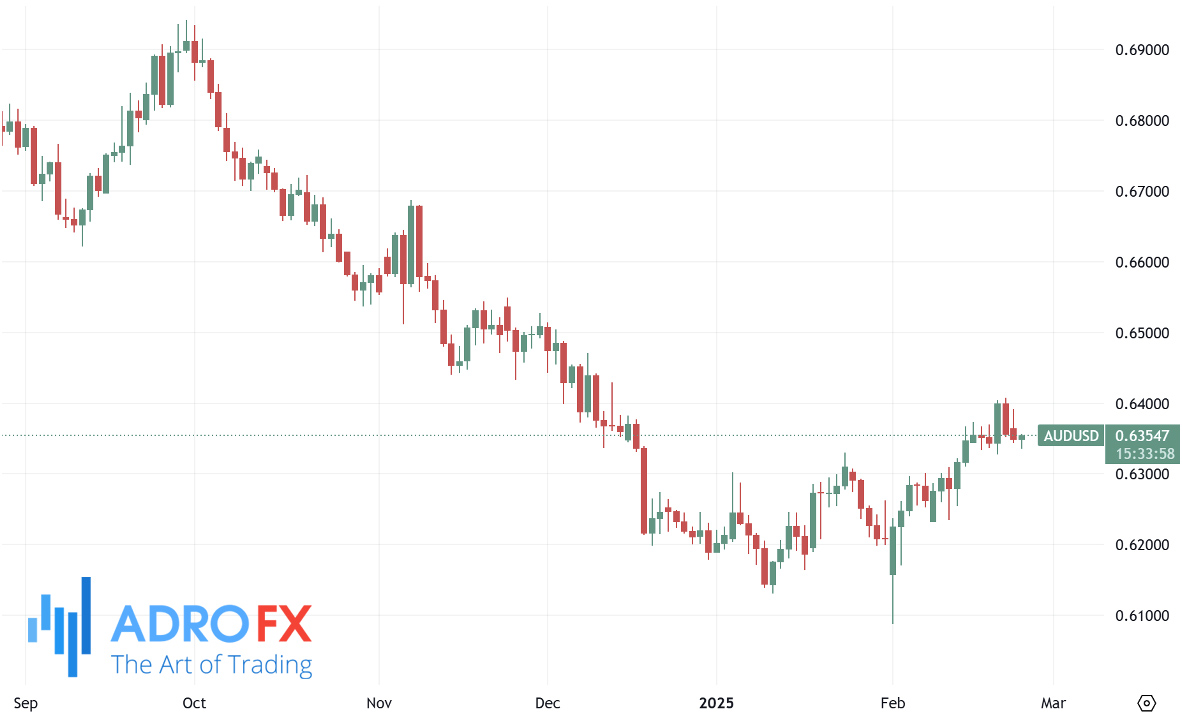
Meanwhile, USD/JPY pulled back below 149.50 as the Japanese yen strengthened. Japan’s Producer Price Index report indicated rising input costs, fueling speculation that companies will pass higher labor costs onto consumers, potentially adding to inflationary pressures. This has led to increased speculation that the Bank of Japan could move toward further rate hikes, bolstering the yen’s strength against the dollar. Market participants are also eyeing the People’s Bank of China’s latest moves, as it injected CNY 300 billion via its one-year Medium-term Lending Facility while keeping the rate steady at 2%. An additional CNY 318.5 billion was injected through seven-day reverse repos at 1.50%, reinforcing China’s commitment to providing liquidity support amid economic headwinds.
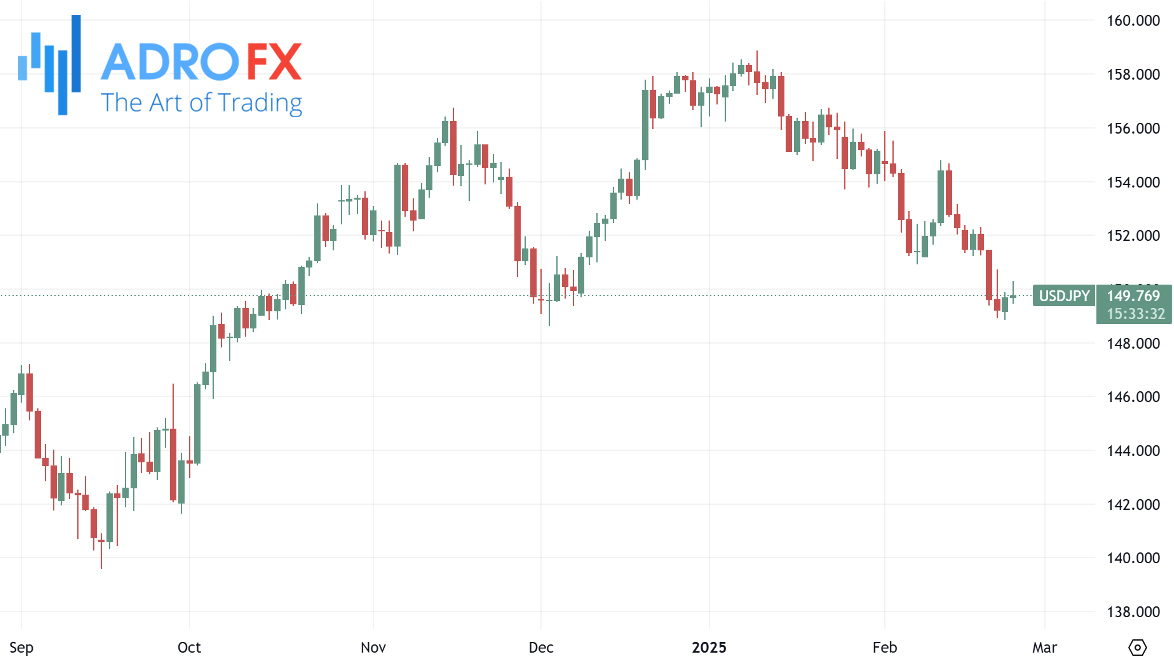
In commodities, crude oil prices rebounded, helping the Canadian dollar recover some ground. USD/CAD initially climbed to a 1.5-week high before reversing, currently trading around 1.4240, down 0.15% for the day. The Canadian dollar found support after inflation data came in hotter than expected, reducing expectations of a Bank of Canada rate cut in March. This shift in sentiment could lead to further volatility in CAD pairs as traders reassess the central bank’s potential policy direction.
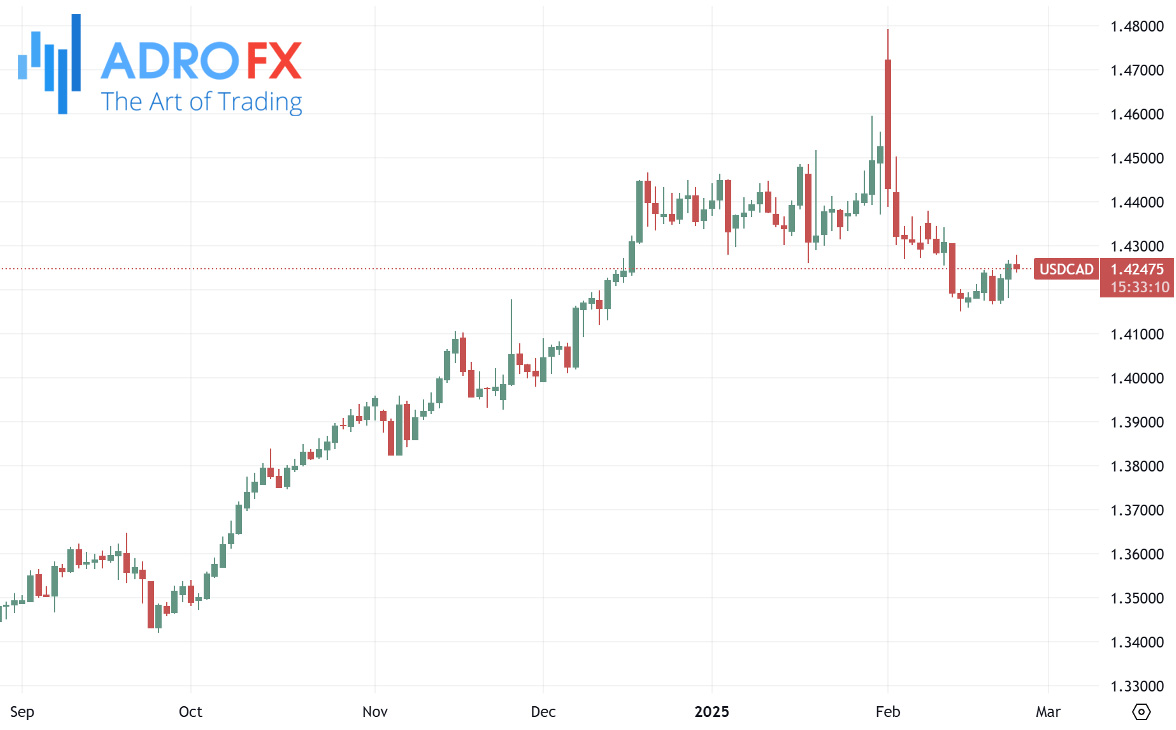
Looking ahead, the market’s attention will turn to the US Personal Consumption Expenditure Price Index, set for release on Friday. As the Federal Reserve’s preferred inflation gauge, the PCE data could significantly impact expectations for the Fed’s monetary policy outlook. If inflation remains stubbornly high, it could reinforce expectations that the Fed will keep rates elevated for longer, supporting the dollar. Conversely, a softer reading could increase speculation of potential rate cuts later in the year, adding to the dollar’s recent weakness. As investors navigate these economic uncertainties, risk sentiment in equities and forex markets is expected to remain volatile in the days ahead.








